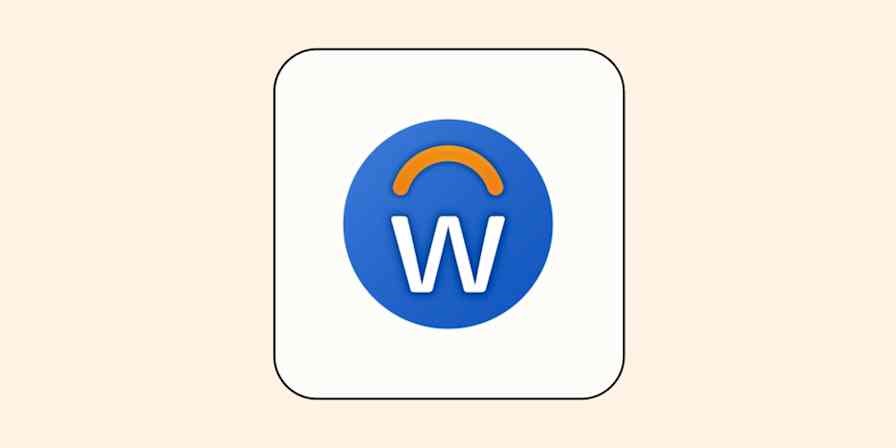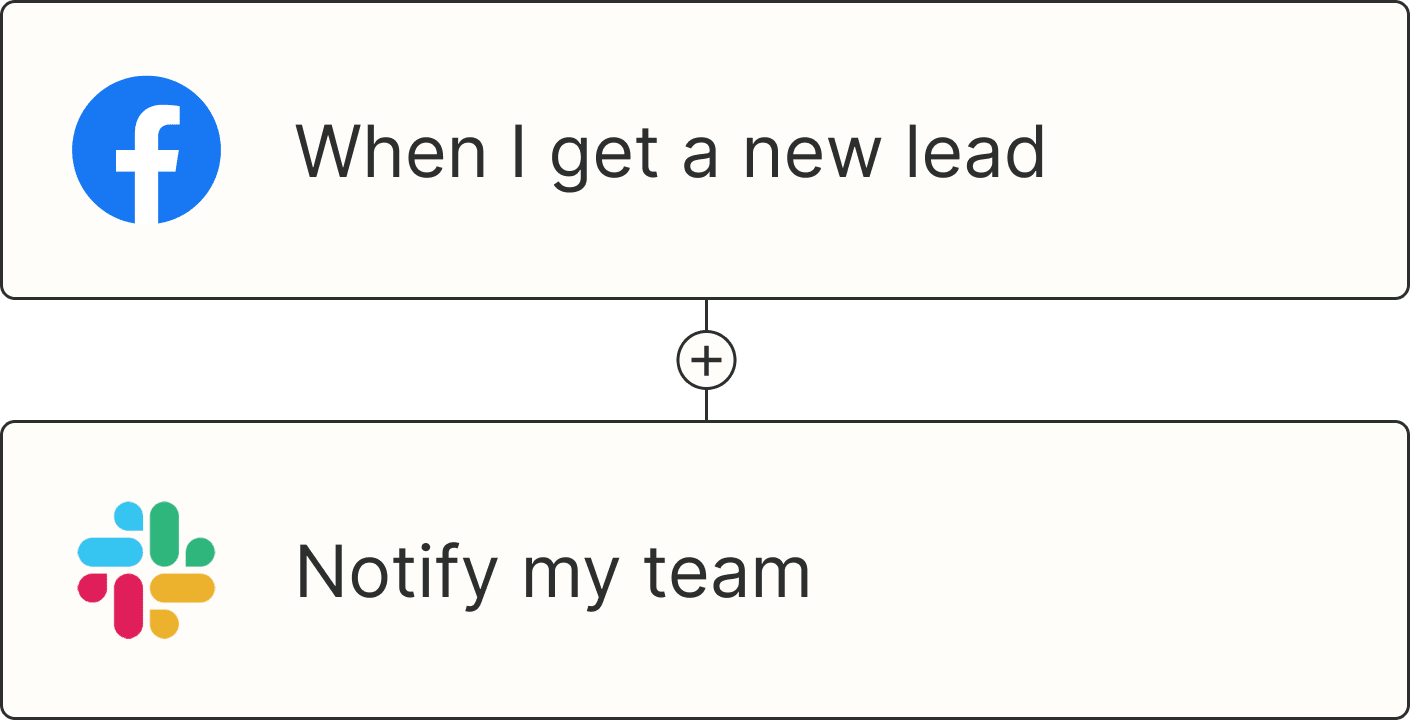The difference between "workflow" and "process" is like the difference between following a cookie recipe and running a bake sale.
Imagine you're whipping up a batch of cookies. You've got your trusty recipe, you're measuring ingredients, you're preheating the oven—it's all standardized and repeatable. That's a workflow.
Now, picture running an entire bake sale. It's not just about the cookies anymore. You're thinking about pricing, who's bringing what, maybe even how to jazz up your table with some killer decorations. That's an optimized process. It's bigger, more complex, and all about achieving a goal (in this case, raising money for your online shopping addiction).
Now that I've dredged up some traumatic childhood experiences, let's break things down even more.
Table of contents:
What is a workflow?
A workflow is a specific sequence of tasks required to complete a particular job or objective. It's designed to be repeatable, predictable, and follow the same steps every time.
Recipes are an easy analogy, but you'll see workflows everywhere in your work. For example, if you're qualifying leads, your workflow might look like this:
Conduct initial discovery call to assess needs
Determine fit and qualification
Classify lead (qualified/unqualified) in CRM
Assign qualified lead to sales representative
It's a clear, repeatable flow of work (hence the name) that the sales team can follow to efficiently crank out new leads on a regular basis.
What is process flow?
A process (or "process flow" if you're feeling fancy) defines the overall stages and activities that need to happen to achieve a broader goal. It links together multiple workflows in pursuit of a bigger-picture objective, and often involves multiple teams, various resources, and at least one person frantically checking Slack at 2 a.m.
A process is about achieving a more substantial outcome through coordinated efforts, while a workflow is about completing individual tasks within that broader context. Think of a process as a movie (the full story) and workflows as scenes (specific sequences that drive the plot).
Let's zoom out on the lead qualification workflow example from earlier. The entire sales process might encompass several phases and workflows:
Phase | Steps to take |
|---|---|
1. Prospecting | Identify target customer segments Conduct research to gather leads Initiate outreach via email, phone, or LinkedIn Track responses in CRM Schedule discovery calls with interested leads |
2. Lead qualification | Conduct discovery call to assess needs Determine fit and qualification Classify lead in CRM Assign qualified lead to sales rep |
3. Demo | Schedule the demo presentation Send confirmation and reminder emails Follow up post-demo to address questions and next steps |
4. Proposal | Gather pricing and product options based on customer requirements Draft customized proposal Obtain internal approval if needed Send proposal to prospect and log activity in CRM |
5. Closing the deal | Confirm final proposal acceptance from prospect Send contract for eSignature Track signing status and follow up as needed Finalize sale documentation in CRM and notify internal teams |
6. Onboarding and transition | Hold customer kickoff meeting Transition client to onboarding or success team Provide initial training and product activation |
Differences between workflow vs. process
While workflows and processes are sometimes used interchangeably, they're not the same thing. Workflows are specific actions taken to complete a task, while processes are high-level systems that orchestrate multiple workflows to achieve a goal.

Think of a workflow like a single conveyor belt in a factory. To assemble a car, there are precise steps: the chassis moves down the line, the engine is added, then doors and whatever else makes a car go vroom. At each step, specific workers (or robots) perform predefined tasks.
The manufacturing process includes all the steps that turn a pile of metal into something that will inevitably get dented in a Target parking lot: procuring raw materials, sub-assembly of components, final assembly, quality assurance, the list goes on. The process encompasses multiple workflows and, eventually, something useful comes out of it. Hopefully. Unless you work at my imaginary factory, in which case I'm so sorry.
Workflow | Process |
|---|---|
Task-oriented | Goal-oriented |
Consists of a sequence of repeatable tasks | High-level structure consisting of several interconnected workflows |
Short-term, with a defined start and end | Long-term and ongoing |
Detailed and granular | Broad and holistic |
Tactical | Strategic |
What is workflow automation?
Let's be honest: manually managing every step of your workflow can be downright painful. It's like trying to run a marathon with your shoelaces tied together—slow, inefficient, and bound to trip you up. That's where workflow automation comes in.
Workflow automation uses software to make workflows more efficient by reducing manual and repetitive tasks. Instead of manually passing work from one person to the next, you set up rules to route tasks, share information, and trigger actions along the workflow automatically.
For example, we can automate a prospecting workflow so that:
When a sales rep adds a new lead to the CRM, it automatically kicks off:
Tasks to conduct research and validate the lead's details
Outreach sequences via email, phone, or LinkedIn based on predefined templates
Automatic tracking of responses, logging engagement data in the CRM
If a lead responds positively, a task is triggered to schedule a discovery call
When the call is scheduled, the lead's status is updated in the CRM, and the rep is notified of next steps

And with AI in the mix, you can add even more nuance and intelligence to the process, so even though it's a repeatable process, it doesn't have to be identical every time.
Automate workflows and processes with Zapier
Zapier is an AI orchestration platform that can help you automate workflows for all your business processes. Start by mapping everything out in Canvas, visualizing and planning each step. Then turn that map into a series of automations that work across your entire tech stack.
You can build landing pages with Zapier Interfaces, store data in Zapier Tables, and add AI to the mix at every step, with Zapier's built-in AI tools and integrations with all the other AI apps you use.
Related reading:








